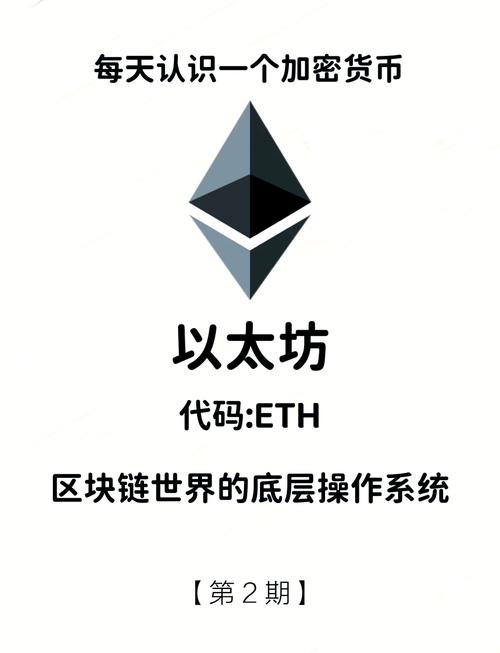
Eos vs Eth: A Comprehensive Comparison
When it comes to blockchain technology, Ethereum and EOS are two of the most prominent platforms. Both have their unique features and strengths, making them popular choices for developers and investors. In this article, we will delve into a multi-dimensional comparison of EOS and Ethereum, focusing on their architecture, consensus mechanisms, scalability, and more.
Architecture
Ethereum, launched in 2015, is a decentralized platform that enables smart contracts and decentralized applications (DApps). It uses a proof-of-work (PoW) consensus mechanism, which requires miners to solve complex mathematical puzzles to validate transactions and add new blocks to the blockchain.

EOS, on the other hand, was launched in 2018 and aims to provide a more scalable and efficient blockchain platform. It uses a delegated proof-of-stake (DPoS) consensus mechanism, where token holders can vote for block producers to validate transactions and create new blocks.
Consensus Mechanism
Ethereum’s PoW mechanism has been widely criticized for its high energy consumption and environmental impact. The network’s increasing difficulty has led to a rise in the cost of mining, making it less accessible for new entrants. Ethereum is currently transitioning to a proof-of-stake (PoS) mechanism called Ethereum 2.0, which is expected to improve scalability and reduce energy consumption.
EOS’s DPoS mechanism is designed to be more energy-efficient and scalable than PoW. In this system, block producers are elected by token holders, and the more tokens a user holds, the more influence they have in the voting process. This mechanism allows EOS to achieve high transaction throughput and low latency.
Scalability
Scalability is a crucial factor for blockchain platforms, as it determines how many transactions can be processed per second. Ethereum has faced scalability challenges due to its PoW mechanism, which limits the number of transactions that can be processed simultaneously.

EOS, with its DPoS mechanism, boasts a high transaction throughput of up to 30,000 transactions per second. This makes it a more scalable option for applications that require high-speed transaction processing.
Smart Contracts
Both Ethereum and EOS support smart contracts, which are self-executing contracts with the terms of the agreement directly written into lines of code. Ethereum has been the pioneer in smart contracts, with a vast ecosystem of DApps and decentralized finance (DeFi) applications built on its platform.
EOS also supports smart contracts and has a growing ecosystem of DApps. However, Ethereum has a more mature and extensive ecosystem, thanks to its early start in the blockchain space.
Tokenomics
Ethereum’s native token, ETH, is used for transaction fees, gas fees, and as a store of value. The supply of ETH is capped at 18 million coins, making it a deflationary asset.
EOS’s native token, EOS, is used for governance, staking, and as a medium of exchange. The total supply of EOS is 1 billion tokens, with a 5% annual inflation rate. This inflation rate is used to fund the EOS ecosystem and reward block producers.
Community and Development
Ethereum has a large and active community, with numerous developers, investors, and enthusiasts contributing to its growth. The Ethereum Foundation plays a crucial role in supporting the development of the platform and its ecosystem.
EOS also has a strong community, although it is smaller than Ethereum’s. The EOSIO Foundation is responsible for the development and maintenance of the EOS platform.
Conclusion
In conclusion, EOS and Ethereum are both powerful blockchain platforms with their unique strengths and weaknesses. Ethereum has a more mature ecosystem and a strong community, while EOS offers better scalability and energy efficiency. The choice between the two platforms depends on your specific needs and preferences.
| Feature | Ethereum | EOS |
|---|---|---|
| Consensus Mechanism | Proof-of-Work (PoW) | Delegated Proof-of-Stake (DPoS) |
| Scalability | Limited | High |
| Smart Contracts | Extensive | Growing |



